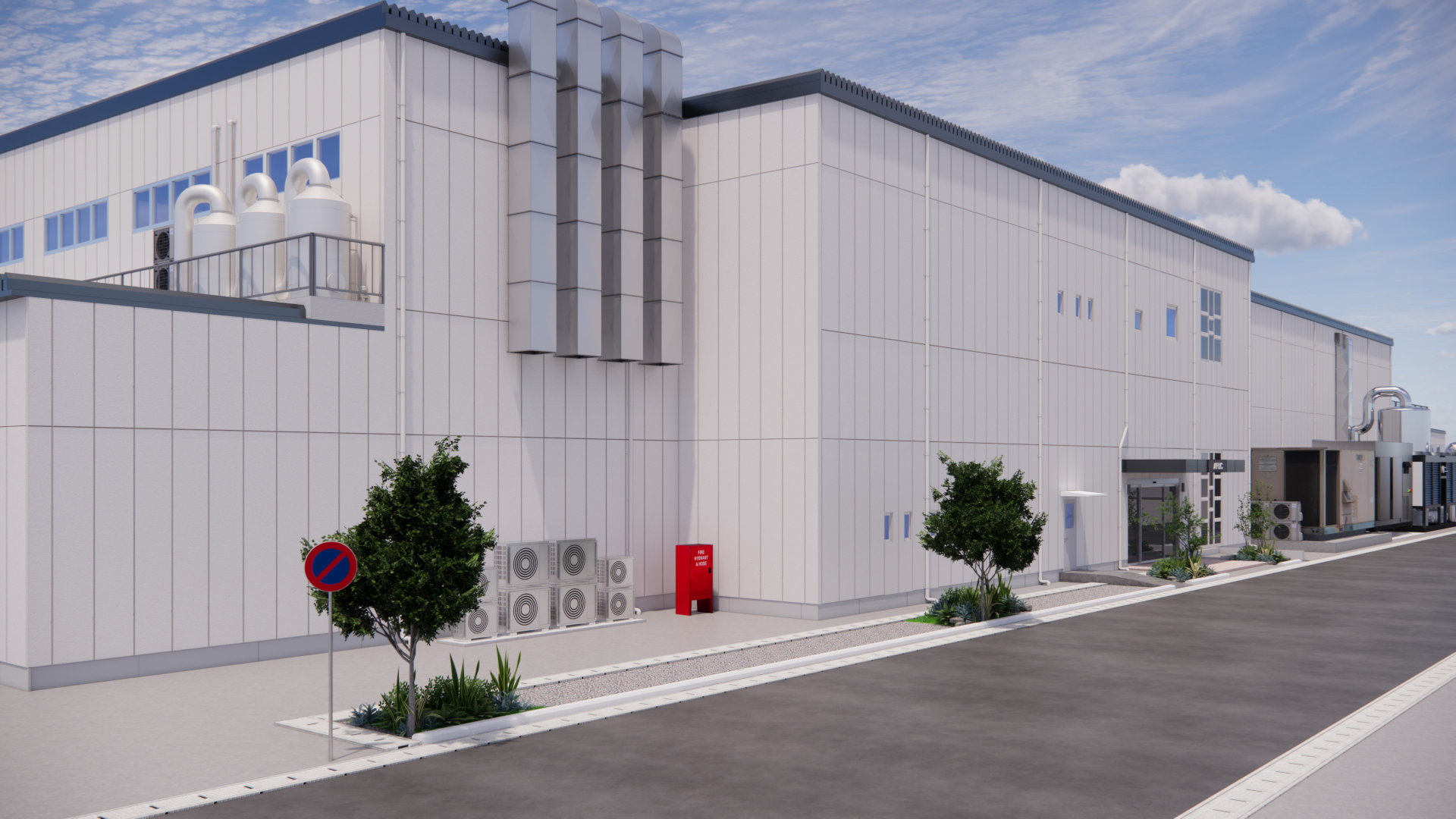
New Japanese Consortium Aims to Innovate Interposer Layers for Multi-Chiplet Processors
A collaboration of 27 firms is set to revolutionize the semiconductor industry by focusing on the design of interposer layers, crucial for advanced multi-chiplet processors.
Once a prominent player in chip creation and manufacturing, Japan now seeks to regain its status in the semiconductor realm through a fresh initiative involving 27 diverse firms. This consortium aims to innovate the critical interposer layers essential for advanced multi-chiplet mega-processors, known as Joint3.
Led by Resonac Corporation, a leader in electrochemical products, the consortium includes notable companies such as Hitachi, Synopsys, and Zuken. Together, they are dedicated to researching, developing, and mass-producing interposers that connect multiple chiplets within mega-processors.
For instance, Nvidia’s powerful GPU in its GB200 employs TSMC’s CoWoS-L packaging system, featuring a redistribution layer interposer that melds two GPU dies into one. However, interposers are not limited to large AI chips; Intel’s Meteor Lake and Arrow Lake CPUs also utilize this technology.
Joint3 is focusing on alternative manufacturing techniques for square interposers, seeking to reduce costs and production time by creating them directly instead of cutting from a circular silicon wafer. Research is also exploring organic materials as potential alternatives to silicon.
The consortium, viewing the booming AI sector, is set to capitalize on the demand for cutting-edge processors that require interposers across different processor scales. Resonac is significantly investing in this venture, dedicating a plant to establish a prototype production line.
In the coming years, users might find Japanese-manufactured interposers enhancing the performance of CPUs or GPUs in their gaming rigs. This initiative hints at a revival of Japan’s prominence in creating high-quality processors.
